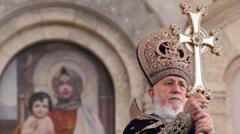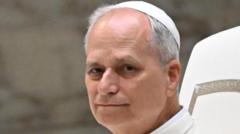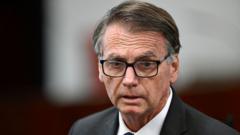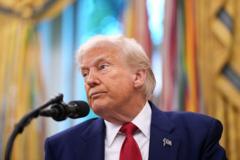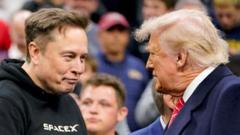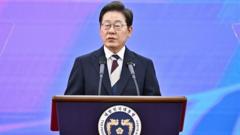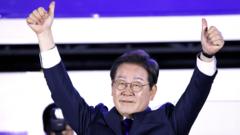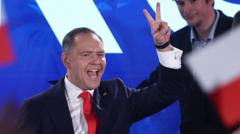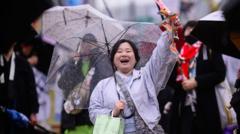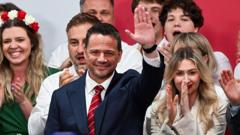After failing to reach a consensus on the first day, the conclave of 133 cardinals resumes voting.
**Papal Conclave Continues: Day Two of Secrecy and Deliberation**

**Papal Conclave Continues: Day Two of Secrecy and Deliberation**
Cardinals reconvene as the search for Pope Francis’ successor stretches into a second day amidst tension in the Catholic Church.
As the Vatican conclave enters its second day, the 133 cardinals tasked with selecting a new pope are gathering again, grappling with deep divisions within the church and the challenge of achieving a two-thirds majority. Initially convened on Wednesday, the assembly could not conclude with a candidate following the first round of voting. The cardinals remain secluded in the Sistine Chapel under strict secrecy, without any external communication, and are sworn to uphold confidentiality regarding their proceedings.
The passing of Pope Francis in April has prompted the first conclave in over a decade—a moment that carries immense significance for the world’s 1.4 billion Catholics, who are watching closely. With the church facing significant issues, including financial instability and the aftermath of sexual abuse scandals, the stakes are high as cardinals deliberate their choice for the church's future.
The conclave’s dynamics are unique this time, as many cardinals were appointed by Francis and may not be familiar with one another's voting patterns and priorities, potentially leading to a more fragmented selection process. While the cardinals will participate in four voting rounds daily until a consensus emerges, historical precedents show that decisions can vary widely in duration. Examples range from the swiftness of electing Pope Francis in just two days to others extending over several months.
The process involves a series of ballots that are symbolically burnt after each round, releasing either black smoke—indicating a lack of consensus—or white smoke if a new pope has been elected. While no one can predict the exact duration of the conclave, some cardinals estimate a longer timeframe due to the varied backgrounds and new faces within the assembly. Key contenders for the papacy now include notable figures like Cardinal Pietro Parolin and Cardinal Luis Antonio Tagle.
The intensity of this selection process reflects the differing visions within the church, with progressives seeking reforms and conservatives advocating for tradition. As the cardinals look to navigate these challenges in electing their next leader, the backdrop of secrecy, historical practices, and the weight of the church's direction loom large. Voting is expected to resume this morning, with a focus on achieving consensus as quickly as possible.
The passing of Pope Francis in April has prompted the first conclave in over a decade—a moment that carries immense significance for the world’s 1.4 billion Catholics, who are watching closely. With the church facing significant issues, including financial instability and the aftermath of sexual abuse scandals, the stakes are high as cardinals deliberate their choice for the church's future.
The conclave’s dynamics are unique this time, as many cardinals were appointed by Francis and may not be familiar with one another's voting patterns and priorities, potentially leading to a more fragmented selection process. While the cardinals will participate in four voting rounds daily until a consensus emerges, historical precedents show that decisions can vary widely in duration. Examples range from the swiftness of electing Pope Francis in just two days to others extending over several months.
The process involves a series of ballots that are symbolically burnt after each round, releasing either black smoke—indicating a lack of consensus—or white smoke if a new pope has been elected. While no one can predict the exact duration of the conclave, some cardinals estimate a longer timeframe due to the varied backgrounds and new faces within the assembly. Key contenders for the papacy now include notable figures like Cardinal Pietro Parolin and Cardinal Luis Antonio Tagle.
The intensity of this selection process reflects the differing visions within the church, with progressives seeking reforms and conservatives advocating for tradition. As the cardinals look to navigate these challenges in electing their next leader, the backdrop of secrecy, historical practices, and the weight of the church's direction loom large. Voting is expected to resume this morning, with a focus on achieving consensus as quickly as possible.


